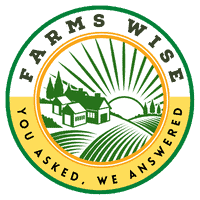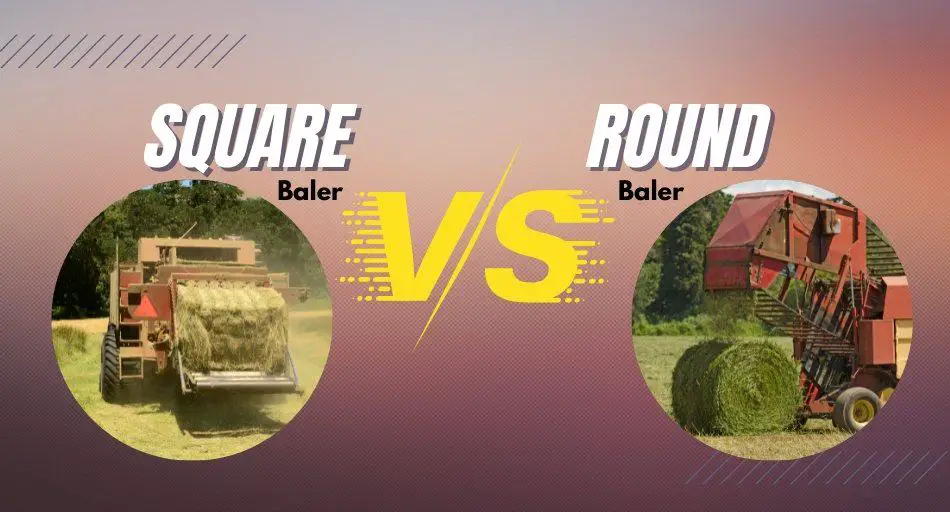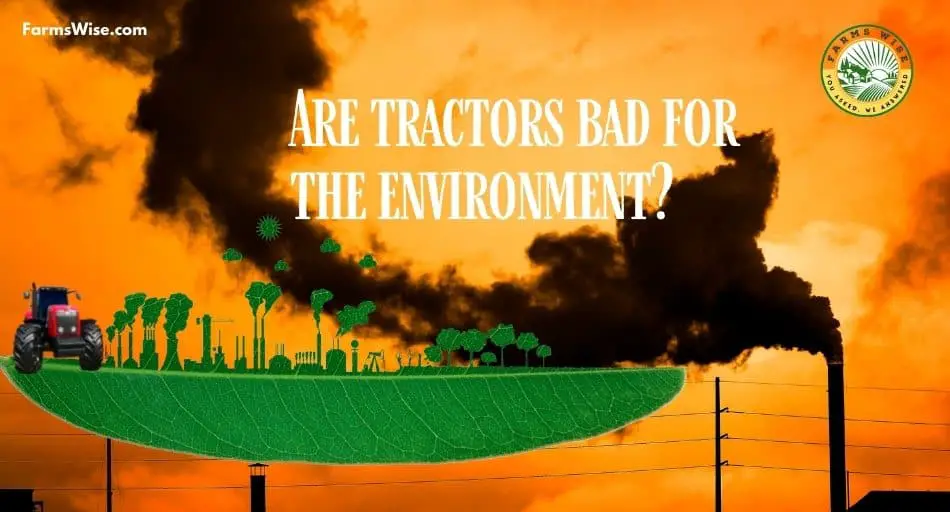Starting a small farm can be a challenging and rewarding experience. As someone who has started their own small farm, I can tell you it takes a lot of hard work and dedication.
Still, it is also incredibly fulfilling to see your crops grow and your animals thrive. ,,
Whether you’re looking to start a small farm for personal consumption or to sell your products at local markets, there are a few key steps you’ll need to take to get started.
The first step in starting a small farm is to identify your niche. What do you want to grow or raise? Are you interested in sustainable agriculture, organic farming, or specialty crops?
Once you’ve identified your niche, you’ll need to find suitable land to start your farm.
This can be challenging, especially if you’re on a tight budget. Still, various resources are available to help you find affordable land.
Once you’ve secured your land, you’ll need to develop a business plan and figure out how you’ll finance your farm. This may involve applying for grants or loans or finding investors interested in supporting your vision.
You’ll also need to consider marketing your products and building relationships with local consumers and businesses. With the right plan and hard work, starting a small farm can be fulfilling and profitable.
Assessing Your Goals and Resources
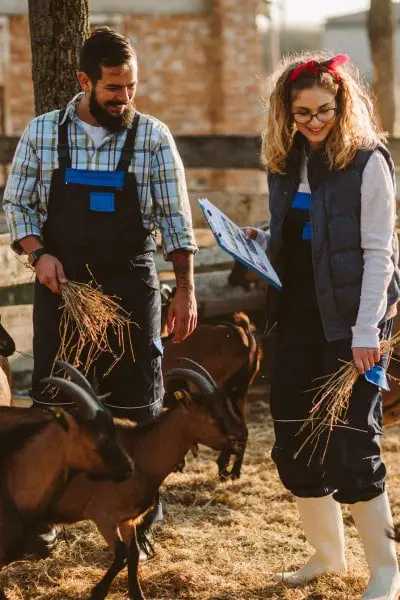
Defining Your Goals
Before starting a small farm, it is essential to define your goals. Ask yourself what you want to achieve by starting a farm. Do you want to grow crops, raise animals, or both?
Are you looking to make a profit or just have a self-sustaining homestead? Do you want to sell your products locally or nationally?
Defining your goals will help you determine the size and scope of your farm, what resources you will need, and what steps you need to take to achieve your goals.
Assessing Your Resources
Assessing your resources is also an important step in starting a small farm. You need to determine what resources you have available to you, such as land, water, equipment, and capital.
Start by evaluating your land. Do you own land or will you need to lease or purchase it? Is the land suitable for farming, or will you need to make improvements? Consider the soil quality, drainage, and access to water.
Next, evaluate your equipment needs. Do you have the necessary tools and machinery to operate a farm? If not, what equipment will you need to purchase or lease?
Finally, assess your financial resources. Starting a small farm can be expensive, so it is important to determine how much capital you have available and how you will finance your farm.
Consider applying for grants or loans from organizations like the USDA or local banks.
READ ALSO: How Farmers Can Earn Money From YouTube (Complete Guide)
Choosing a Farming Method

Conventional Farming
When it comes to conventional farming, the focus is on maximizing yield and minimizing costs. This method relies heavily on synthetic fertilizers, pesticides, and herbicides to control pests and maximize crop yields.
Conventional farmers also use genetically modified seeds engineered to resist pests and diseases.
While this method can be effective in producing high yields, it can also negatively impact the environment and human health.
Organic Farming
Organic farming is a method that relies on natural processes to cultivate crops and raise livestock. This method avoids the use of synthetic fertilizers, pesticides, and herbicides and instead focuses on building healthy soil through the use of compost and other organic matter.
Organic farmers also avoid using genetically modified seeds and instead rely on natural methods to control pests and diseases.
While organic farming can be more labor-intensive and may result in lower yields, it has many benefits for the environment and human health.
Permaculture
Permaculture is a method of farming that focuses on designing sustainable ecosystems that mimic natural systems.
This method involves using a variety of plants and animals that work together to create a self-sustaining ecosystem.
Permaculture farmers focus on building healthy soil through the use of compost and other organic matter, and they avoid the use of synthetic fertilizers, pesticides, and herbicides.
This method can be highly effective in creating a sustainable and resilient farm ecosystem. When choosing a farming method, it’s essential to consider your goals and values as a farmer.
Conventional farming may be a good choice if you’re looking to maximize yields and minimize costs, but it can negatively impact the environment and human health.
Organic farming may be a better choice if you’re looking to build healthy soil and cultivate crops in a way that is sustainable and environmentally friendly.
Permaculture may be the best choice if you’re looking to create a self-sustaining ecosystem that mimics natural systems.
Ultimately, the choice of farming method will depend on your goals, values, and resources as a farmer.
READ NEXT: Farm Insurance vs. Homeowners Insurance: A Quick Comparison Guide
Selecting Your Farm Site

When starting a small farm, choosing the right location is crucial to success. Here are some factors to consider when selecting your farm site:
Climate and Soil
The climate and soil of your farm site will determine which crops and livestock you can raise. Research the average temperature, rainfall, and growing season length of your area.
You can also test your soil to determine its pH level, nutrient content, and texture. This information will help you decide which crops will thrive on your farm.
Water Resources
Access to water is essential for any farm. Look for a site with a reliable water source, such as a well or a nearby stream.
You should also consider the quality of the water, as it can affect the health of your crops and livestock. If you plan to irrigate your crops, make sure your site has the necessary infrastructure in place.
Access to Markets and Customers
Consider the proximity of your farm site to potential markets and customers. If you plan to sell your products at farmers’ markets or to local restaurants, you’ll want to be within driving distance.
You should also research the demand for your products in your area to ensure a viable market for your farm.
By taking these factors into account, you can select a farm site that will set you up for success in the long run.
RELATED: Is Farm Insurance Necessary? Here Are The Answers!
Planning Your Farm

Developing a Business Plan
To start a small farm, it’s crucial to have a clear idea of what you want to achieve and how you plan to achieve it. Developing a business plan is an essential step in this process.
A business plan is a written document that outlines your goals, strategies, and financial projections for your farm. It can help you secure funding, attract investors, and make informed decisions about your farm’s future.
When developing a business plan, consider the following questions: What crops or livestock will you produce?
Who is your target market? How will you market your products? What are your start-up costs and ongoing expenses? What are your projected revenues and profits?
Creating a Farm Layout
Creating a farm layout is another important step in planning your farm. A farm layout is a map or diagram that shows the location of buildings, fields, and other features on your farm.
It can help you optimize your use of space, improve efficiency, and reduce costs. When creating a farm layout, consider the following factors: What is the size and shape of your land? What is the topography and soil type?
What are the climate and weather patterns in your region? What is the water source and availability? What are the zoning and land use regulations in your area?
Choosing Crops and Livestock
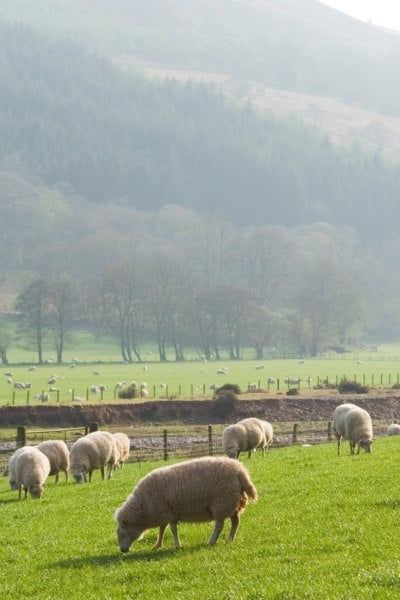
Choosing the right crops and livestock for your farm is crucial to success. You need to consider factors such as market demand, climate suitability, and profitability.
Here are some tips to help you choose the right crops and livestock for your farm:
- Research market demand and trends for different crops and livestock in your area.
- Consider your climate and soil type when choosing crops. Choose crops and livestock that are well-suited to your level of experience and resources.
- Consider the profitability of different crops and livestock, including the cost of production and potential revenue. By developing a business plan, creating a farm layout, and choosing the right crops and livestock, you can set yourself up for success when starting a small farm.
READ NEXT: The Key to Safe Towing: Understanding Trailer Tongue Weight
Financing Your Farm

Finding Funding Sources
As a small farmer, it can be challenging to find funding sources for your farm. However, there are several options available to you.
The USDA offers various programs and services to help farmers get started or grow their operations, including farm loans, crop insurance, conservation programs, and disaster assistance.
Additionally, there are private lenders, grants, and crowdfunding platforms that you can explore. When researching funding sources, it’s essential to consider the eligibility requirements, interest rates, repayment terms, and any other fees associated with the loan or grant.
It’s also crucial to have a solid business plan to demonstrate to lenders or grant providers that you have a clear vision for your farm’s success.
Applying for Loans and Grants
Once you’ve identified potential funding sources, it’s time to start the application process. Applying for loans and grants can be a time-consuming and challenging process, but it’s essential to be thorough and accurate in your application to increase your chances of approval.
When applying for loans, you’ll need to provide financial statements, tax returns, and other documentation to demonstrate your ability to repay the loan.
You must also provide a detailed business plan outlining your farm’s goals, objectives, and financial projections.
When applying for grants, you’ll need to provide detailed information about your farm and explain how the grant will help you achieve your goals.
You may also need to provide financial statements, tax returns, and other documentation to demonstrate your eligibility for the grant.
In conclusion, finding funding sources and applying for loans and grants can be a challenging but necessary process for small farmers.
By researching your options and being thorough in your application, you can increase your chances of securing the funding you need to start or grow your farm.
Managing Your Farm

One of the most important aspects of running a successful farm is managing it effectively. This involves managing your finances, marketing your products, and managing your land and livestock. In this section, I will discuss each of these areas in more detail.
Managing Your Finances
Managing your finances is crucial to the success of your farm. You need to keep track of your income and expenses and ensure you stay within your budget.
This can be done using financial software or by hiring an accountant.
It is also important to have a solid business plan in place. This will help you stay on track and make informed decisions about your farm. Your business plan should include your goals, marketing strategy, and financial projections.
Marketing Your Products

Marketing your products is another key aspect of running a successful farm. You need to identify your target market and develop a marketing strategy that will reach them.
This can include advertising, social media, and attending farmers’ markets and other local events.
You should also consider offering CSA (Community Supported Agriculture) shares. This is a great way to build a loyal customer base and secure a steady source of income.
Managing Your Land and Livestock
Managing your land and livestock is essential to the success of your farm. You need to ensure that your land is being used efficiently and that your livestock is healthy and well-cared for.
This involves regular maintenance and upkeep of your farm, including fertilizing, planting, and harvesting. You should also have a plan in place for managing pests and diseases.
When it comes to livestock, it is important to provide them with proper nutrition, shelter, and medical care. You should also have a breeding plan in place to ensure the sustainability of your herd or flock.
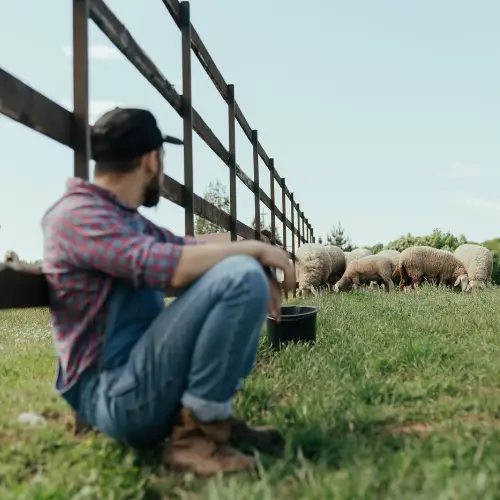
Jack is the owner, chief editor, and senior writer of this website.
Machinery, engines, and farming have always been a passion of his since he was a young boy. Growing up on a small farm in rural America, he learned the value of hard work and dedication from an early age.
After completing his degree in Engineering, he decided to follow his dream and became a farmer in 2009.
Since then, he has gained a wealth of knowledge and experience in the field. He has grown a variety of crops, tended to farm animals, and worked with all sorts of farming machinery. Continue reading…
